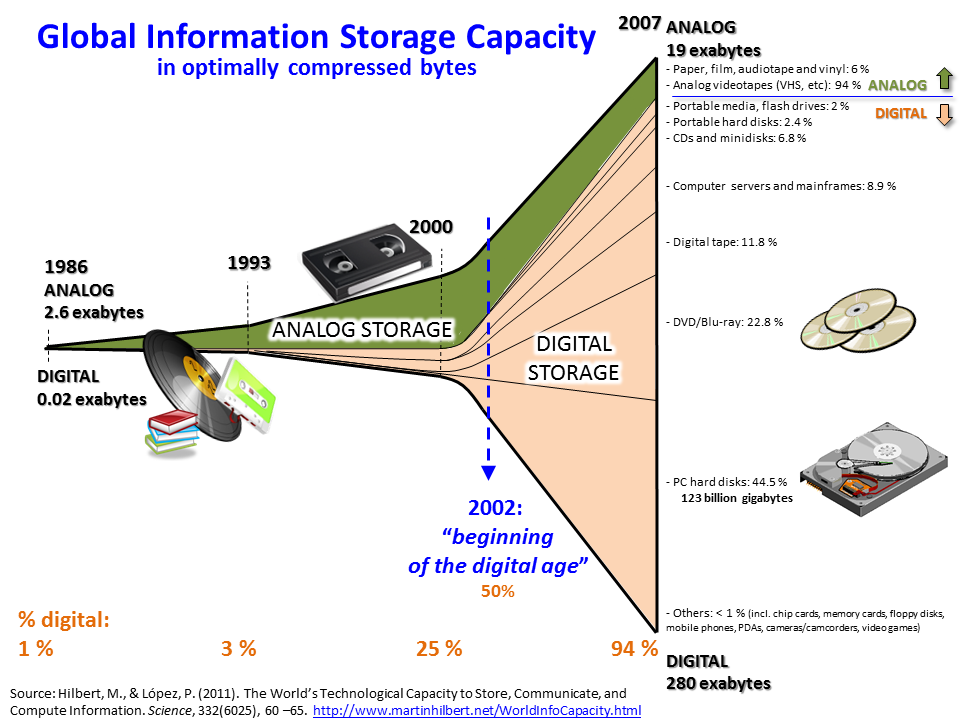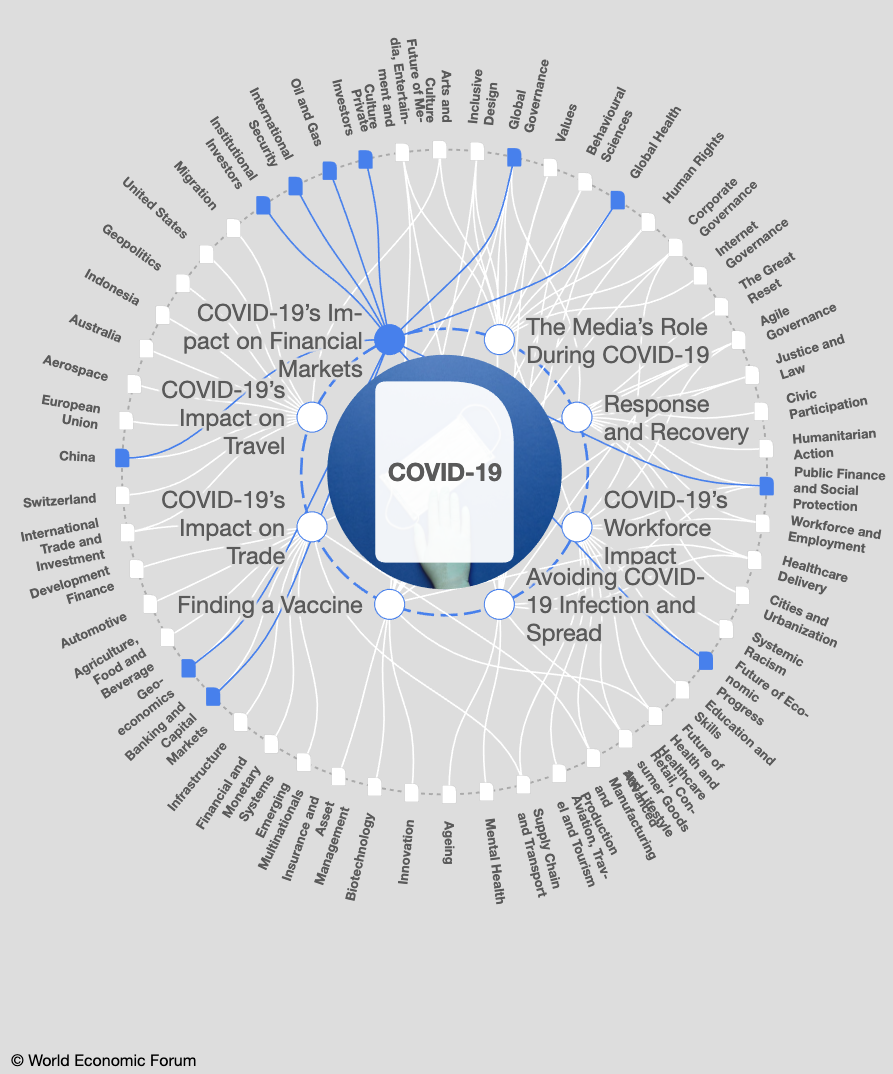フィンテツク
FinTech, Financial technology

フィンテツク
FinTech, Financial technology

池田光穂・松浦博一
"Financial technology (abbreviated fintech or FinTech) is the technology and innovation that aims to compete with traditional financial methods in the delivery of financial services.[1] It is an emerging industry that uses technology to improve activities in finance.[2] The use of smartphones for mobile banking, investing, borrowing services[3], and cryptocurrency are examples of technologies aiming to make financial services more accessible to the general public. Financial technology companies consist of both startups and established financial institutions and technology companies trying to replace or enhance the usage of financial services provided by existing financial companies." - Financial technology.
フィンテックとは、「ICTを駆使した革新的(innovative)、あるい は破壊的(disruptive)な金融商品・サービスの潮流」の意味であるが、金 融工学が導入された以降の、急速な金融市場の革命のことをさす。2015年前後から着目され、この用語法が登場した。既存の金融機関が持つ総合的な金融サービスのうち、顧客が必要とする一部の 機能のみに特化することで、低コストでサービスを受けることが可能となると、日本語ウィキペディアに解説しているが、これはフィンテックの構造的変化と、 期待される機能、そして、将来の可能性のビジョンが混在する、学問的定義としては未熟なものである。
"Finance is a term for matters regarding the management, creation, and study of money and investments. [1] Specifically, it deals with the questions of how and why an individual, company or government acquires the money needed - called capital in the company context - and how they spend or invest that money. [2] Finance is then often split per the following major categories: corporate finance, personal finance and public finance.[1]" - Finance.
資金余剰者から資金不足者へ資金を融通することが、金融の原義である。上掲にあるように、お金と投資のマネージメント、創出、研究にまつわる用語だと説明している。
フィンテックの四大テーマは、人工知能、ビッグデータ、ロボット工学プロセスオートメーション、そして、ブロックチェインである。
| 人工知能 | artificial intelligence |
In computer science, artificial intelligence
(AI), sometimes called machine intelligence, is intelligence
demonstrated by machines, unlike the natural intelligence displayed by
humans and animals. Leading AI textbooks define the field as the study
of "intelligent agents": any device that perceives its environment and
takes actions that maximize its chance of successfully achieving its
goals.[1] Colloquially, the term "artificial intelligence" is often
used to describe machines (or computers) that mimic "cognitive"
functions that humans associate with the human mind, such as "learning"
and "problem solving".[2] |
AIのエスノグラフィー |
| ビッグデータ | Big data |
Big data is a
field that treats ways to analyze, systematically extract information
from, or otherwise deal with data sets that are too large or complex to
be dealt with by traditional data-processing application software. Data
with many cases (rows) offer greater statistical power, while data with
higher complexity (more attributes or columns) may lead to a higher
false discovery rate.[2] Big data challenges include capturing data,
data storage, data analysis, search, sharing, transfer, visualization,
querying, updating, information privacy and data source. Big data was
originally associated with three key concepts: volume, variety, and
velocity. When we handle big data, we may not sample but simply observe
and track what happens. Therefore, big data often includes data with
sizes that exceed the capacity of traditional software to process
within an acceptable time and value. |
ビッグデータとの戦い方 |
| ロボット工学プロセスオートメーション(RPA) | Robotic process automation |
Robotic process
automation (or RPA) is a form of business process automation technology
based on metaphorical software robots (bots) or on artificial
intelligence (AI)/digital workers.[1]. It is sometimes referred to as
software robotics (not to be confused with robot software). |
|
| ブロックチェイン | Blockchain |
By design, a blockchain is resistant to modification of the data.
It is "an open, distributed ledger that can record transactions between
two parties efficiently and in a verifiable and permanent way".[7] For
use as a distributed ledger, a blockchain is typically managed by a peer-to-peer network
collectively adhering to a protocol for inter-node communication and
validating new blocks. Once recorded, the data in any given block
cannot be altered retroactively without alteration of all subsequent
blocks, which requires consensus of the network majority. Although
blockchain records are not unalterable, blockchains may be considered
secure by design and exemplify a distributed computing system with high
Byzantine fault tolerance. Decentralized consensus has therefore been
claimed with a blockchain.[8] |

| フィンテック・テーゼ集 |
| 1.フィンテックは、従来型の金融市場を闇雲に破壊しない。フィンテックが破壊しているのは「これまで変わらなかった」部分である。 |
| 2.ブロックチェーンは、金融市場に「信頼のプロトコル」(タプスコットら , 2016)にもたらした。 |
| 3.FinTech gives us, the concept of "Power to the People!" (Why We’re so Excited About FinTech, in "The FINTECH Book," 2016.) |
| 4.世界の有力なフィンテック企業は「優れたユーザー経験をもたらす、ひとつのシンプルなサービス」を発展させることに専念している。(via API) |
| 5.世界の政府が、従来型の金融機関に、規制や圧力をかけてきたことは、FinTech 企業には追い風となっている。 |
●他方、フィンテックの社会への影響には、1)顧客体験、2)金融テクノロジーの連携、3)データの収益化、4)ブロックチェーン、5)規制への対応、を考えるべきだという見方もある。
い)倫理、ろ)経済価値、は)消費者の視点、に)資本の転移、ほ)パッケージ化(→金融のデザイン思考)
| ブロックチェーン革命への期待(タプスコット&タプスコット2016) |
ブロックチェーン革命への不安要因(タプスコット&タプスコット2016) |
| 1. 信頼——嘘をつかないこと |
1. 技術がまだ未成熟だ |
| 2. 権力(集中から分散へ) |
2. エネルギー浪費構造は変わらない(グレタ・トゥンベリの怒り顔が恐い?!) |
| 3. インセンティブ:利己的なものが社会全体の「利益」へ |
3. 政府が規制や妨害をする |
| 4. セキュリティ——不正ができない仕組み |
4. 既存の業界からの圧力 |
| 5. プライバシー——個人情報はブラックボックス化できるか |
5. 持続的なインセンティブをつけること(課題) |
| 6. 権利——スマートコントラクトの速度と自動化 |
6. ブロックチェインの省力化が人の雇用を奪わないか? |
| 7. インクルージョン——これの意味は差別の解消を意味する |
7. 自由分散なプロトコルをどうやって制御するのか |
| * |
8. 自律エージェントが人類を征服する(→シンギュラリティの恐怖) |
| ** |
9. 監視社会の到来? |
| ***番外「デジタル分散主義」 |
10. 犯罪や反社会的行為への利用 |
●デロイトトーマツの説明(https://www2.deloitte.com/jp/ja/pages/financial-services/topics/fintech.html)
「︎銀行におけるデジタル変革▶クラウド変革の必要▶インシュアテック時代における保険のイノベーションの加速︎︎▶︎AIの利活用とガバナンスに関する調査レポート▶ブロックチェーン技術を活用した本人確認(KYC)︎︎▶決済とモビリティの未来︎▶︎︎▶︎▶︎︎▶︎▶︎」
●ビジネスアジリティ[機動性]の必要性(デロイトトーマツ)https://www2.deloitte.com/jp/ja/pages/financial-services/articles/bk/the-cloud-imperative.html
1)カスターマーアジリティ、2)パートナーシップアジリティ、3)データアジリティ、4)アセットアジリティ(※アセット[Asset]とは、経済的価値や換金性が高い資産や経営資源のこと)
●日本におけるフィンテックのテーマ https://www.sbbit.jp/article/cont1/34676
︎スマート決済▶仮想通貨︎▶クラウドファンティン
グ︎︎▶ソーシャルレンディング(貸付型クラウドファンディング)︎▶︎︎保険▶投資︎▶金融情報︎︎▶︎PFM▶送金・割勘︎︎▶法人向け支援︎▶投資
▶運用︎▶ロボアドバイザー︎︎▶エコシステム︎︎▶︎金融法システム▶リヴァース・イノベーション︎︎▶︎POS▶予測アルゴリズム︎︎▶︎セキュリティ▶︎︎新・金融資本論▶︎資金調達▶︎︎保険▶︎FinTech Ethics▶︎
● Application programming interface
"An application programming interface (API) is a computing interface which defines interactions between multiple software intermediaries. It defines the kinds of calls or requests that can be made, how to make them, the data formats that should be used, the conventions to follow, etc. It can also provide extension mechanisms so that users can extend existing functionality in various ways and to varying degrees.[1] An API can be entirely custom, specific to a component, or it can be designed based on an industry standard to ensure interoperability. Through information hiding, APIs enable modular programming, which allows users to use the interface independently of the implementation."- API
「API(日本語)と は、広義ではソフトウェアコンポーネント同士が互いに情報をやりとりするのに使用するインタフェースの仕様である。APIには、サブルーチン、データ構 造、オブジェクトクラス、変数などの仕様が含まれる。APIには様々な形態があり、POSIXのような国際標準規格、マイクロソフトのWindows APIのようなベンダーによる文書、プログラミング言語の標準ライブラリ(例えば、C++のStandard Template LibraryやJava API(英語版)など)がある。APIはApplication Binary Interface (ABI) とは異なる。APIはソースコードベースだが、ABIはバイナリインタフェースである。例えば、POSIXはAPIだが、Linux Standard Base (LSB) はABIである[7](LSBはいろいろな規定の集合なので、正確には「LSBには、ABIにまで踏み込んでいる部分もある」)」API(日本語)
"APIs are used to allow
software applications to communicate. This unique interface dictates
requests and responses to and from different systems to allow for the
exchange of data. As an acronym, there is important meaning in each
word that an API represents." - INSTALLATION.
+++

+++コロナとビジネスイノベーション+++
Links
リンク
文献
その他の情報


